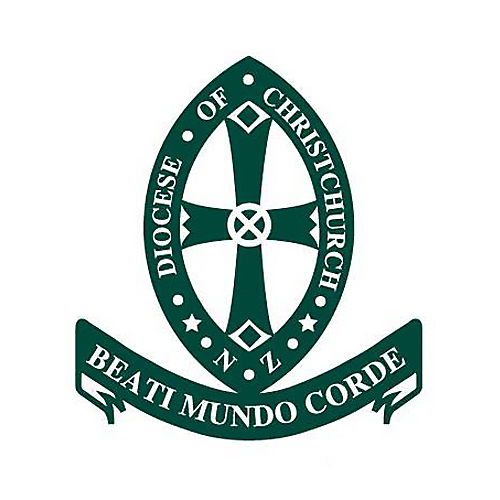
From the Principal
Last Saturday, our Earth gently rounded the narrow bend of her elliptical orbit and began the second half of her annual journey around the Sun. As she now moves along that open track, she will straighten up on her axis, gradually turn our southern hemisphere face to the light and for the next six months our daylight hours will become longer.
Turning that corner also realises a shift in perspective for our part of the world and affords us a glimpse of the universe that we haven’t seen for a year, bringing new constellations back into view. One of those is Pleiades, the Seven Sisters or Matariki; a cluster of stars now visible rising in the northeast just before dawn.
There are a myriad of stories available across world history that help make sense of the night sky, for it has always been an important natural feature to signal the passing of time, to aid in navigation, and to mark a change of seasons.
In Greek mythology, Pleiades makes up the shoulder of Taurus, the bull charging ahead of the hunter, Orion. In Māori folklore, many iwi speak of the seven Matariki stars as a mother and her daughters. For some, the cluster is connected to the creation story of Rangi-nui and Papatūānuku with the cluster being the seven eyes of Tāwhirimātea.
The rising of these stars in the New Zealand mid-winter heralds the start of the Māori new year. They represent a time of seasonal change, the opportunity to reflect over the passing year, and to prepare the ground for new growth.
As we come to the end of Term 2, with the updating of mid-year school reports, this season offers our students a time for critical reflection; a chance to look back on the first half of the school year. It is an opportunity to celebrate what is going well as well as identify areas where improvements can be made. Reflection is a powerful process for all girls to undertake as it helps them to understand their own strengths and weaknesses in order to support their continuous learning and personal development.
Complementary to the process of reflection is the identification of goals moving forward. They should be encouraged to reflect critically on their performance, to consider the accompanying comments and advice provided by teachers, and then spend some time setting goals towards which they will apply themselves in this second semester.
For our St Margaret’s College family, I hope you find time this term break to gather with whānau and friends and celebrate what has been and what is to come.
How to find Matariki in the night sky:
If you’re familiar with the famous constellation Orion, it can help you find Matariki. While Orion is upside-down for us, the three stars in a row in Orion represent his Belt. Some may know this as the base of The Saucepan. Draw a line through these stars to the V-shaped pattern of stars with a bright star in its midst. The V-shaped pattern is the face of Taurus the Bull. The bright star in the V, called Aldebaran, depicts the Bull’s Eye. A bit past Aldebaran, you’ll see the Matariki cluster, which marks the Bull’s Shoulder.
